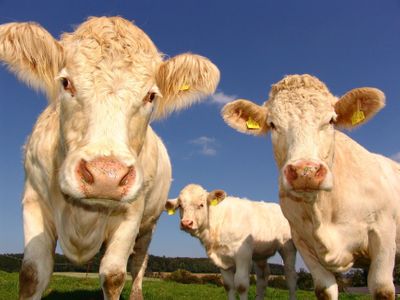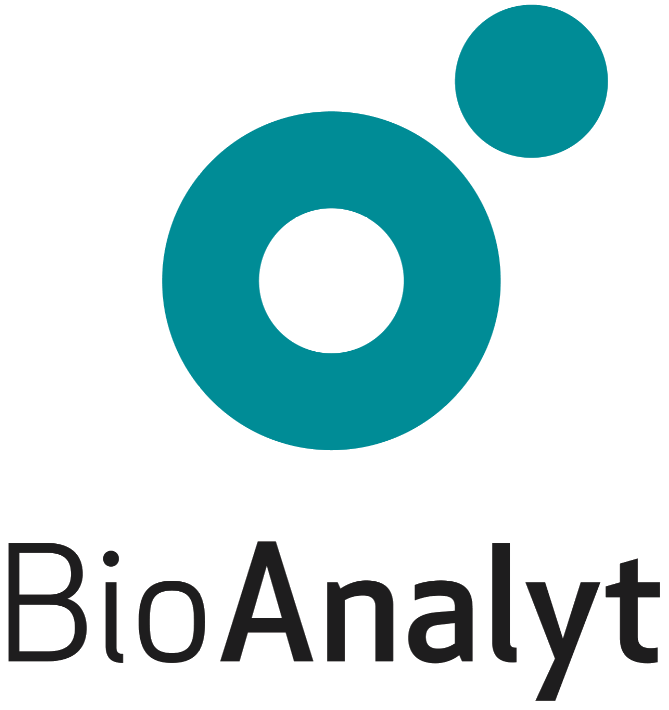Beta carotene, the pigment responsible for the green colour in grass, is crucial for maintaining optimal reproductive health in dairy cows. However, recent data from a North American DSM survey revealed that most high-yielding dairy cows exhibited highly deficient beta carotene blood levels, primarily due to diets consisting of harvested and stored forages, by-products, and cereal grains with low beta carotene content.
Understanding the Importance of Beta Carotene: Evaluating circulating beta carotene levels in reproducing cattle is vital to ensure optimal reproduction and colostrum quality benefits. Beta carotene acts as a potent antioxidant, playing a critical role in protecting follicles and corpus luteum from oxidative stress. It also aids in local conversion of vitamin A within the follicles. Adequate beta carotene concentrations during the follicular phase result in earlier cycling and more intense oestrus in cows. Furthermore, during the luteal phase, cows experience faster embryo development, increased progesterone production, reduced embryo mortality, and higher pregnancy rates with higher levels of circulating beta carotene.
Introducing the BioAnalyt iCheck Solution: Harnessing the power of the BioAnalyt iCheck, DSM-Firmenich has pioneered an audit program that revolutionizes on-farm analysis of circulating beta carotene concentration. This framework, backed by rigorous research, enables the team to swiftly assess beta carotene levels and offer tailored supplementation to cattle. By optimizing reproduction and enhancing colostrum quality, this program sets the stage for a journey of reproductive success and ensures the delivery of vital colostrum—the nutrient-rich “first milk” that provides essential antibodies and nutrients to newborn calves.
The Six Simple Steps of the Beta Carotene Analysis:
Step One: Blood Collection: Obtain tail blood samples from 5-10% of the pre-fresh pen.
Step Two: Transfer Blood into Purple-Top (EDTA) Tubes: Ensure proper transfer of blood into purple-top tubes for further analysis.
Step Three: Separation: Transfer the blood from the purple-top tube into a reagent vial and allow it to separate for 5 minutes.
Step Four: Beta Carotene Reading: Insert the reagent vial into the reader, and within seconds, obtain the beta carotene concentration measurement.
Step Five: Interpretation: Interpret the beta carotene concentration based on the following thresholds:
- <1.5 µg/mL: Deficient
- 5 – 3.5 µg/mL: Marginal
- 5 µg/mL: Optimum
Step Six: Recommendation: In herds with marginal or deficient beta carotene levels, it is often recommended to administer 20 g of active beta carotene to pre-fresh or close-up cows before calving.
Using the innovative BioAnalyt iCheck device, DSM unlocked decisive data that directly impacts cattle reproduction, enabling them to make informed decisions and improving overall herd health. Contact Bioanalyt today to learn more on how we can cooperate on your own success story by unveiling data, empowering your herd, and creating a future of thriving reproduction with iCheck.

